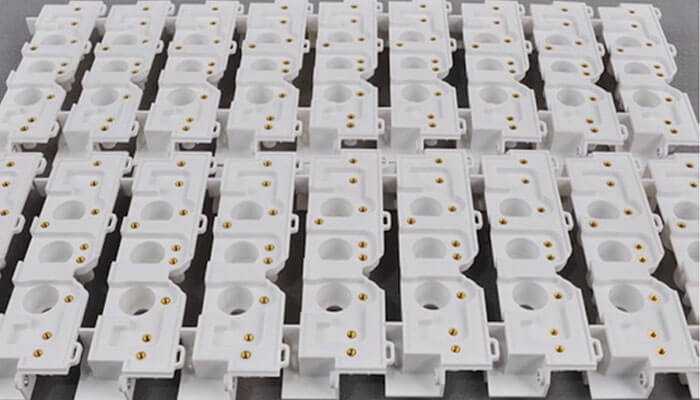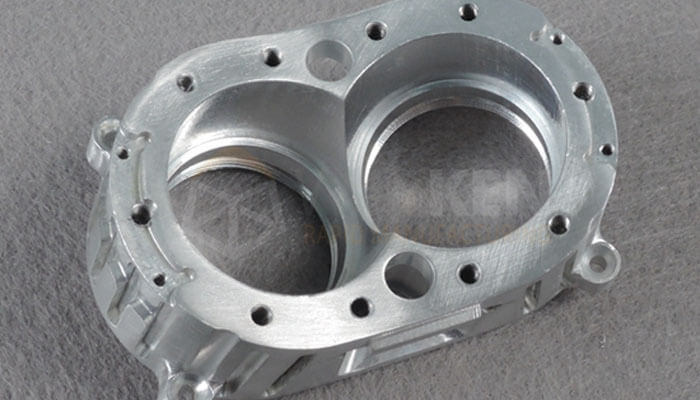In prototype manufacturing, selecting the ideal material for rapid prototyping is crucial for success. The choice of material affects not only the efficiency of the machining process but also the final quality and performance of the prototypes. Key factors such as material machinability, dimensional stability, and thermal properties play a significant role in determining the most suitable material for your project. Understanding these considerations will help you make an informed decision, ensuring that your prototypes manufacturing meets the desired specifications and functions effectively in their intended applications.
Machinability and Material Removal Rate (MRR)
When selecting an ideal material for rapid prototyping, machinability and material removal rate (MRR) are key factors. Materials with good machinability allow for faster cutting speeds, better surface finishes, and extended tool life. A higher MRR speeds up prototyping but can sometimes compromise dimensional accuracy or surface quality.
For rapid prototyping, materials like certain plastics and aluminum offer both high MRR and good machinability, enabling quick iterations and cost-effective production. In contrast, harder materials like titanium have lower machinability, resulting in slower production and greater tool wear.
When choosing an ideal material for rapid prototyping, consider the complexity of your prototype design—materials with better machinability are often needed for intricate features. Also, factor in your project’s timeline and budget when assessing MRR.
Dimensional Stability and Tolerances
Dimensional stability and tolerances are also very important to consider for material selection. Materials with high dimensional stability will maintain their size and shape under different environmental conditions so you get accurate prototypes. This is particularly important for parts and functional testing that need precise fits.
Tighter tolerances mostly need materials with better machining characteristics and stability. For example, metals like aluminum have outstanding dimensional stability and can get tolerances of ±0.005” in high precision prototypes. However, Polymers are adaptable but can have varying degrees of dimensional stability due to factors like thermal expansion and moisture absorption. Engineers should keep these characteristics in mind when choosing the ideal material for rapid prototyping that needs strict dimensional accuracy.
Tool Wear and Cutting Forces
Another thing to consider is the hardness of the material. Harder materials will cause faster tool wear with higher downtime and production costs. For example, titanium alloys are very difficult to machine and will cause rapid tool degradation, while softer materials like aluminum have higher cutting speeds and longer tool life.
Cutting forces also decide material choice. Materials with higher cutting forces demand more strong machine capabilities and tooling. This can limit options for rapid prototyping particularly when using desktop 3D printers or CNC machines. Furthermore, high cutting forces also generate more heat, which causes thermal deformation in the prototype.
To select the best ideal material for rapid prototyping, use finite element analysis (FEA) to predict tool wear and simulate cutting force rates for different materials.
Surface Finish and Post-Machining Requirements
Different processes and materials produce different surface qualities, deciding both functionality and aesthetics. For example, stereolithography (SLA) produces smoother surfaces than fused deposition modeling (FDM).
Post-machining needs also influence material choice. Some metals need complete post-processing to reach the intended surface finish. This can include processes like chemical treatment, polishing, or sanding. The Ra value is mostly measured in micrometers which determine surface roughness. Lower Ra values show a smoother surface finsih.
Materials that contribute to easier post-processing can save production costs and time. For example, aluminum alloys can be proficiently post-processed and are preferred in rapid prototyping. Whereas harder substances like titanium need particular methods and tools for finishing.
Consider the intended uses when selecting substances. Prototypes for visual presentation may prioritize a smooth finish, while functional prototypes may need a certain surface texture for better performance.
Thermal Considerations in Machining
When machining, it’s essential to account for the thermal effects on both the material and the process. Temperatures in the cutting zone can reach up to 900°C, significantly impacting part quality and tool life. Most heat is generated at the interfaces between the workpiece and tool, the chip and tool, and along the shear plane.
The material’s thermal conductivity plays a crucial role in heat distribution. For instance, superalloys with poor conductivity transfer more heat to the tool, accelerating wear, while materials like aluminum dissipate heat efficiently, allowing for higher cutting speeds.
The relationship between speed and temperature is non-linear. In orthogonal cutting, chip temperature decreases as speed increases, whereas in oblique cutting, it rises over about two-thirds of the speed range. This dynamic affects both tool performance and material behavior.
Thermal expansion is another critical factor. Materials with low thermal expansion coefficients, such as Invar (1.2 × 10^-6 m/m·K), maintain dimensional stability during machining. In contrast, materials with high expansion rates may require additional strategies to achieve tight tolerances.
Finally, consider the material’s softening behavior and melting point. For example, titanium alloys, while retaining high strength at elevated temperatures, have low thermal conductivity, making rapid prototyping of these alloys particularly challenging.
Conclusion
Selecting the ideal material for prototype manufacturing is key to successful rapid prototyping. By understanding how various materials affect factors such as machinability, dimensional stability, and thermal performance, you can make a choice that meets your specific needs and project goals. A well-informed material selection ensures that prototypes are produced with high accuracy, durability, and efficiency.




